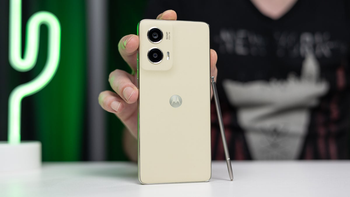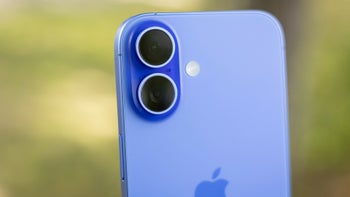Qualcomm promo video explains the Snapdragon chipset's hybrid auto-focus capabilities

No one likes to have their smartphone lag, especially when taking pictures. Handsets that use a traditional contrast focus system are slow to get your picture snapped because of the way this auto-focus system works. Once your camera application is open, the processor starts calculating to figure out the optimal focal point. The camera starts moving the lens across every focal point while the processor does its computation. Once the sharpest focus is found, the lens returns to that spot and you can take the shot. This is a very long process, even though it might seem like it happened quickly.
While PDAF works great in bright conditions, under less than optimal lighting conditions, Laser Auto-Focus is suggested. Even in the dark, Laser Auto-Focus spits out laser beam pulses. When the pulses hit an object, they bounce back to the focus sensor on the phone. The Snapdragon chip calculates how long it took for the signal to return, which allows it to figure out how far away the object is. Once that distance is known, the lens can be placed in focus. No matter which of the two faster auto-focus techniques your phone is going to use, the Snapdragon chipset is ready to help the camera on your handset produce the sharpest image possible.
"Snapdragon hybrid auto focus combines these auto focus technologies with smart algorithms developed by our in-house engineers. The processor can intelligently switch between, or use these auto focus technologies simultaneously, depending on the lighting situation. In other words, you can enjoy using your smartphone with Snapdragon processors to take photos virtually anytime, anywhere and feel confident knowing your Snapdragon hybrid auto focus is engineered to give you the perfect focus."-Qualcomm
source: Qualcomm via AndroidGuys













Things that are NOT allowed: